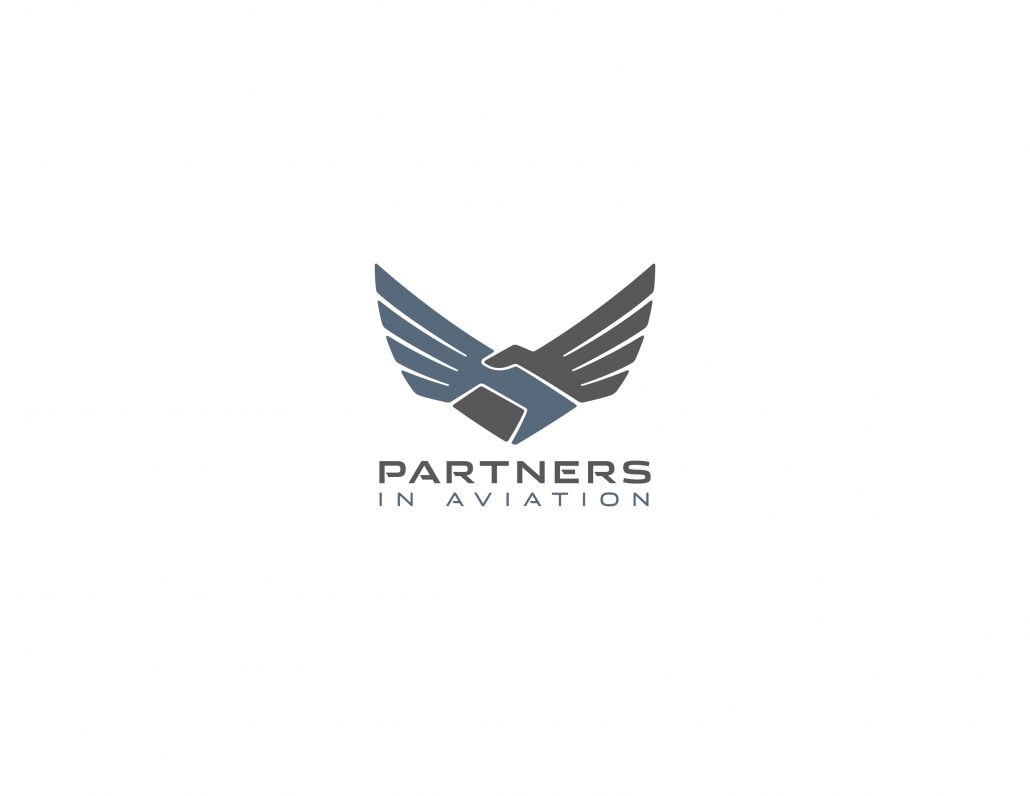With an over three decade career selling new turbine-aircraft, Mark Molloy was encountering a common conundrum – clients desired a newer, more capable aircraft, but as financially prudent businessmen, they were unable to justify the expense in relation to their usage requirements. Many explored options like chartering or owning on a fractional model, but those models also reduced access, increased depreciation, and came at a higher cost.
While partnerships offered the strongest financial path, Molloy observed most ended poorly due to complications, risks and entanglements making many clients hesitant to enter one. Not to mention that finding a partner was much easier said than done. Most would-be partners want someone else to buy the airplane, so they can use it at the “great-uncle” rate.
Molloy set out to solve those issues with longtime friend and aviation marketing veteran Tom Bertels, the genesis of which became Partners In Aviation (PIA). Today, PIA offers a structured program that offers the financial advantages of a partnership with the independence, and peace of mind, that come with sole ownership.
“This is not a partnership, structurally or legally. This is managed co-ownership,” said Molloy. “Our customers fly 100 to 150 hour per year, some more, some less. Because the program is limited to two owner/ operators with a structure that incentivizes good behavior, access is comparable to sole-ownership. You fly your aircraft, on your schedule, but at half the cost.”
PIA offers a comprehensive, well-researched co-ownership agreement that differs from a partnership in four key areas — how it’s owned, how it’s shared, options for exit, and protection from default. It is designed to attract those who can afford the whole aircraft, but who would rather not. The agreements encompass the entire relationship in detail — from program entry to exit.
The company’s strategic partners include some of the best known names in aviation tax and law, as well as maintenance and management. Each match is tailored to the requirements of the owner, including the airplane, base, and crew requirements. PIA counsels, but the client chooses.
“When buying an airplane, it just makes sense to have industry experts on your side of the table,” said Molloy. “We have partnered with the strongest players in the industry, with a reputation for integrity to assist here. Lone Mountain more than meets that definition. They are an integral part of what we offer. Our core competencies compliment each other, allowing us to provide a whole new solution to our customers.”
The model also provides a scheduling system, designed around predetermined control and incentivized access, that allows coowners to have unparalleled aircraft access. According to Molloy, having availability comparable to sole-ownership has been key to the program’s success.
In addition to providing the structure, PIA also provides the match.
“We have built an organization designed to identify, vet and match highly qualified co-owners. Think of us as ‘Match-dot-Com’ for business aircraft,” said Molloy.
Our team at Lone Mountain Aircraft is impressed with the creativity and secure structure PIA provides for owners with low to medium usage requirements. It’s a new look at an old problem, and it’s one that is beginning to shift the business aviation industry one PIA Managed Co-Ownership agreement at a time. For more information on PIA, go to PartnersinAviation.com.
